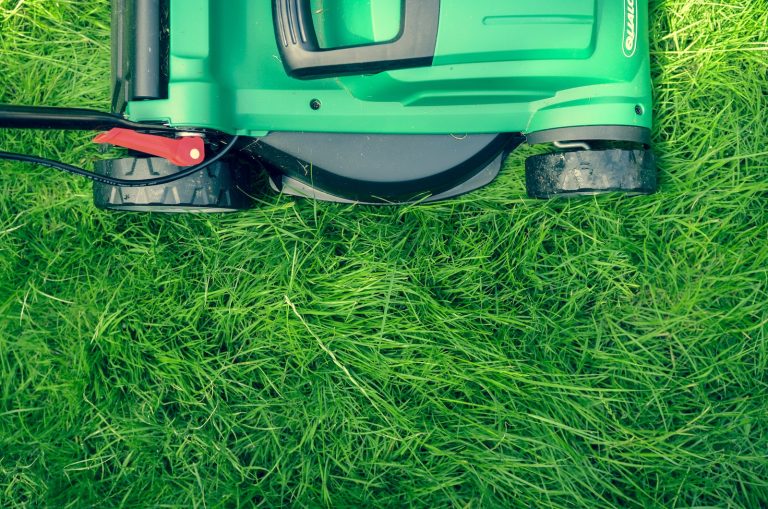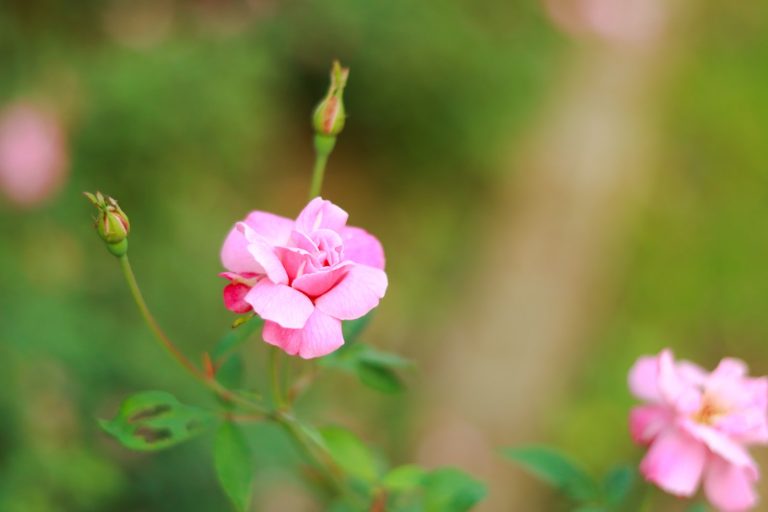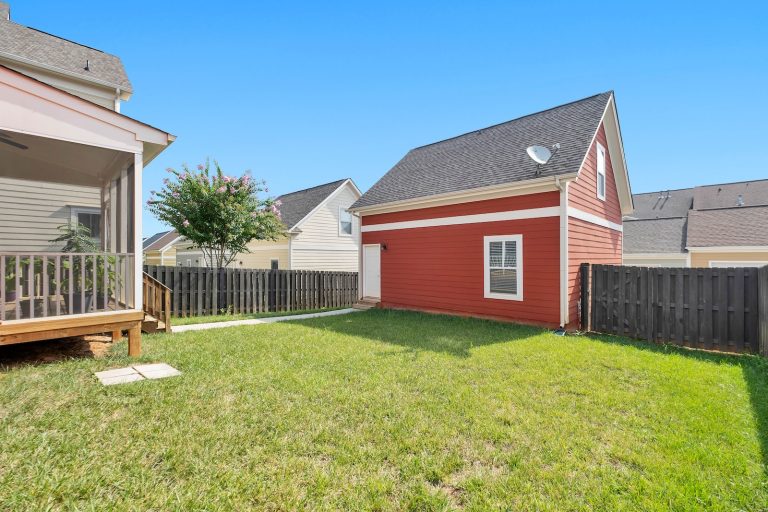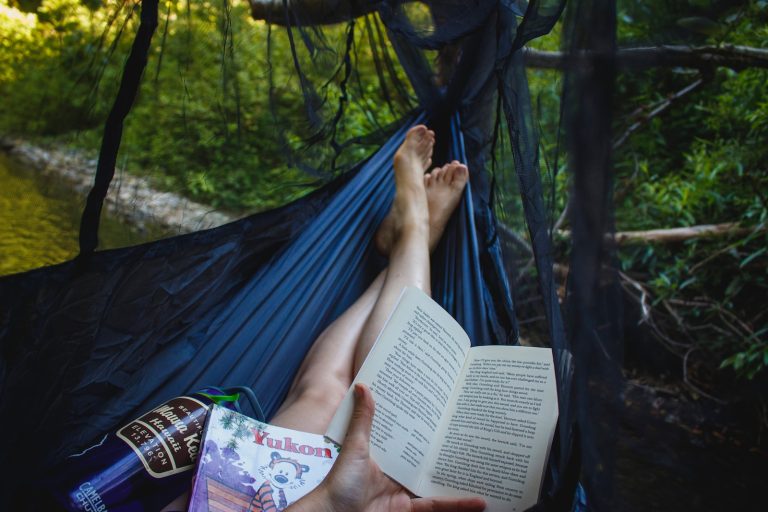Ideas for Planning and Designing Your Landscape
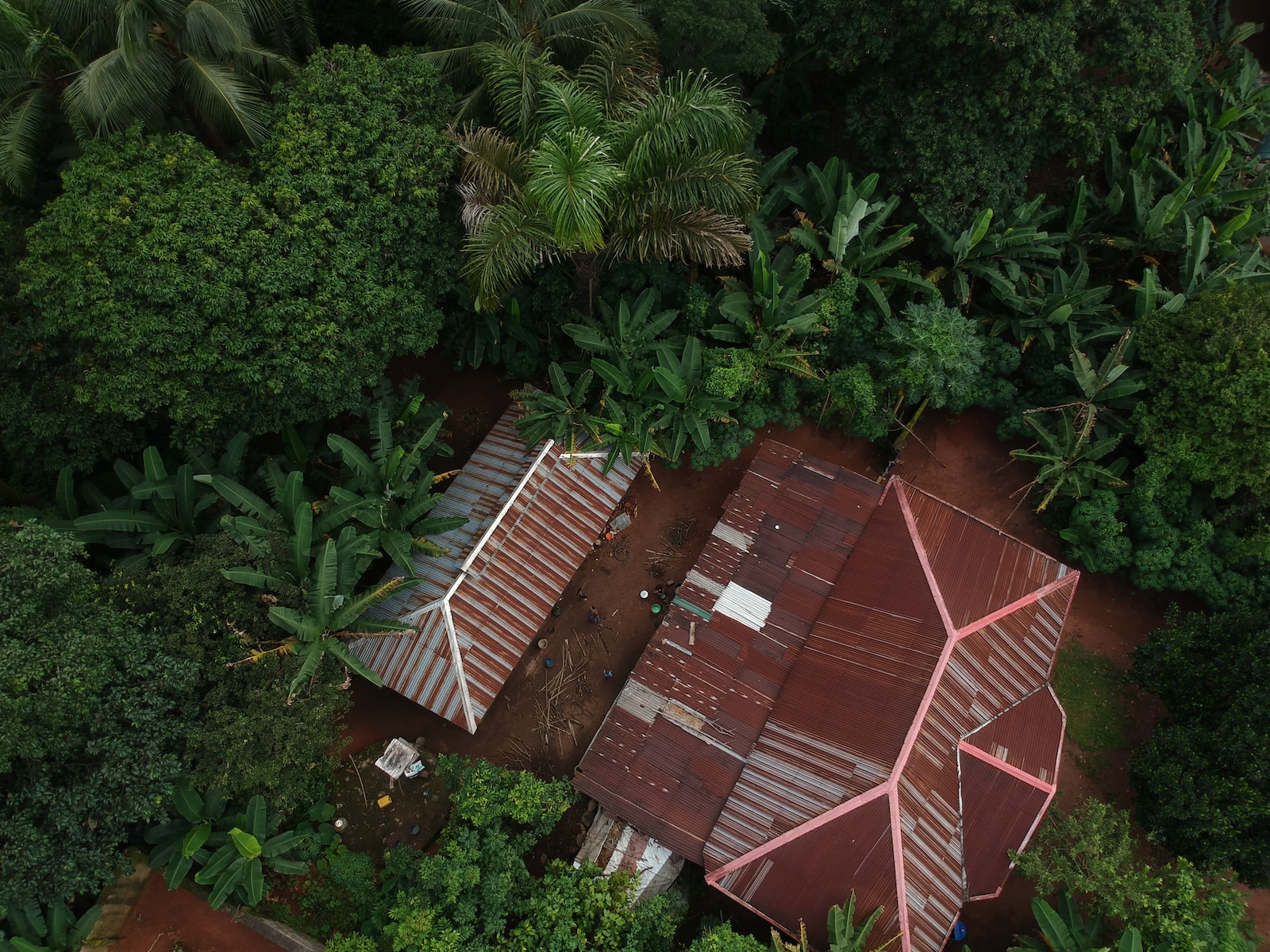
Looking at a dull and boring backyard can be disheartening. But what if we told you that with some creative planning and designing, you could turn your outdoor space into an envy-inducing oasis?
If the thought of landscaping seems overwhelming, fear not! Our team has rounded up some inspiring ideas to help kickstart your imagination and make the most out of your yard. From creating a lush green lawn to adding pops of colors with vibrant flowers, join us as we explore the exciting world of landscape design in this blog post.
Benefits of Planning and Designing Your Landscape
When you take the time to plan and design your landscape, you are creating an outdoor space that is both functional and aesthetically pleasing. A well-designed landscape will make the most of your available space, whether it is large or small. Additionally, a well-planned landscape can help reduce your overall maintenance costs as well as improve your home’s curb appeal.
One of the first benefits of planning and designing your landscape is that you can create an outdoor living space that suits your specific needs. Whether you are looking for a place to entertain guests or simply want a quiet retreat, you can design a space that meets your needs. Additionally, if you have children or pets, you can design a safe and fun outdoor space for them to enjoy.
Another benefit of planning and designing your landscape is that you can choose features and materials that fit with your home’s overall design. For example, if you have a traditional home, you might choose to use brick pavers or stone in your landscape.
Alternatively, if you have a more modern home, you might opt for concrete pavers or gravel. By choosing materials that complement your home’s style, you can create a cohesive look that adds to your property’s value.
Finally, taking the time to plan and design your landscape can save you money in the long run. By carefully considering all of the elements of your landscape – from plantings to hardscaping – you can avoid costly mistakes. Additionally, thoughtful planning can help you choose materials that require minimal ongoing maintenance, which can help keep your landscape looking great with minimal effort on your part!
Types of Landscapes
There are several types of landscapes that you can choose from when planning and designing your own. Here are some of the most popular:
- Formal Landscapes: These landscapes feature straight lines, symmetrical designs, and formal plantings. They are often seen in public parks and gardens.
- Informal Landscapes: These landscapes feature organic shapes, irregular patterns, and native plants. They are often seen in natural areas such as forests and meadows.
- Japanese Landscapes: These landscapes feature stone lanterns, water features, and pruned trees and shrubs. They are often seen in Japanese gardens.
- Mediterranean Landscapes: These landscapes feature dry climate plants, stucco walls, terra cotta pots, and gravel surfaces. They are often seen in countries with a Mediterranean climate such as Italy or Spain.
Initial Planning Steps
After you have decided what kind of landscape you would like, it is time to start planning and designing your new space. Here are a few initial steps to get you started:
- Evaluate your current landscape. This will help you determine what elements you would like to keep and what needs to be changed.
- Sketch out a rough plan of your desired landscape. This will give you an idea of the overall layout and design.
- Choose your plants. This is an important step as different plants have different requirements in terms of sunlight, water, and soil type.
- Determine a budget for your project. This will help you prioritize what elements are most important to you and how much money you need to allocate for each element.
- Find a landscape contractor that can help you bring your vision to life. Make sure to get quotes from several contractors before making a final decision.
Creating a Unique Design for Your Landscape
Your landscape should be a reflection of your unique style and personality. With a little planning and creativity, you can design a landscape that is both beautiful and functional. Here are a few ideas to get you started:
- Think about the overall look you want to achieve. Do you prefer a neat and tidy look, or something more natural? Consider the colors and textures of the different elements in your landscape. Do you want bold and bright colors or more subdued hues?
- Choose plants that will complement your home’s architecture. If you have a traditional home, select plants that are appropriate for that style. For a more modern home, go for plants with clean lines and simple shapes.
- Think about how you will use your landscape. Do you need seating areas for entertaining? Play areas for children or pets? Gardens for growing fruits, vegetables, or flowers? Make sure to include these features in your design.
- Create visual interest with different levels. Elevate planting beds, build raised patios or decks, or add water features like ponds or fountains. Adding different levels will give your landscape dimension and make it more interesting to look at.
- Choose low-maintenance plants. Unless you enjoy spending time caring for your landscape, choose plants that are easy to care for. Look for drought-tolerant varieties that don’t require a lot of water or pruning. Native plants are always a good choice because they’re already accustomed to the climate in your area.
- Pay attention to the details. Add lighting, paving stones, mulch, edging and other accents to help pull the look together. You can also add outdoor decorations like bird feeders, garden art and statuary to give your landscape even more personality.
Most of all, have fun with your design. Your landscape should be a relaxing retreat that brings you joy, so make sure you’re happy with the results. With a little extra effort, you can create a landscape design that is uniquely yours!
Selecting Plants for Your Landscape
When selecting plants for your landscape, it is important to consider the following:
- The climate in your area. Some plants are more tolerant of cold or heat than others.
- The amount of sunlight the area receives. Some plants need full sun, while others prefer partial shade.
- The soil type in your landscape. Some plants do better in sandy soil, while others prefer clay soil.
- Your personal preferences. What types of plants do you like? What colors do you prefer?
Hardscape Materials and Features for Your Landscape
Your landscape is more than just the plantings. The hardscape, or non-plant elements, are also an important part of your overall design. Here are some ideas for materials and features to include in your landscape:
- Paths and walkways: Paths and walkways can be made from a variety of materials including concrete, brick, stone, gravel, or mulch. They can be straight or winding and can lead to different areas of your yard or garden.
- Patios and decks: A patio or deck is a great place to relax or entertain guests. They can be made from concrete, brick, stone, wood, or synthetic materials.
- Fencing: Fencing can provide privacy, security, or simply define the boundaries of your property. It can be made from wood, wire, metal, or synthetic materials.
- Gates and arbors: Gates and arbors can add a decorative touch to your property while also serving as functional entrances and exits. They can be made from wood, metal, or synthetic materials.
- Water features: Water features such as fountains, ponds, streams, and waterfalls can add beauty and tranquility to your landscape. They can be made from concrete, stone, metal, plastic, or fiberglass.
Budgeting for your Landscape Design
Budgeting for your landscape design is an important part of the planning process. There are a number of factors to consider when budgeting for your landscape, including the cost of materials, labor, and other services.
When budgeting for your landscape design, it is important to first determine the scope of the project. Once you have a clear understanding of the project, you can then begin to estimate the costs associated with it.
The cost of materials is usually the largest expense when budgeting for a landscape design. Other costs to consider include labor, delivery charges, and any other services that may be required.
Once you have estimated the cost of the project, you can start to look for ways to save money. One way to save money on your landscape design is to do some of the work yourself. If you have some basic landscaping skills, you can save a significant amount of money by doing some of the work yourself. Another way to save money is to purchase used or recycled materials whenever possible. This can help reduce the overall cost of the project.
If you are working with a limited budget, there are still plenty of ways to create a beautiful landscape design. By being creative and resourceful, you can create a stunning landscape without breaking the bank.
Maintenance Tips
When it comes to keeping your landscape looking its best, regular maintenance is key. Here are a few tips to help you keep your yard in tip-top shape:
- Mow the lawn regularly. Depending on the type of grass you have, you may need to mow once a week or every other week. Be sure to keep the blades sharp for a clean cut.
- Edge the lawn and flower beds. This will help give your landscape a neat and well-manicured appearance.
- Prune trees and shrubs as needed. Trimming back overgrown branches will not only improve the look of your landscape but can also help promote healthy growth.
- Fertilize regularly. Feeding your plants will help them stay strong and vigorous throughout the growing season.
- Control weeds. Pulling weeds by hand is often the best way to keep them under control, but you may also need to use herbicides in problem areas.
- Water deeply and less often. Watering deeply encourages root growth, which leads to healthier plants overall. And, watering less often helps to prevent fungal diseases that can be caused by too much moisture on leaves and stems.
- Aerate the lawn every so often. This will help keep the soil healthy, promote root growth and help maintain an even layer of thatch on the soil surface.
Conclusion
Planning and designing your landscape can be an exciting project to undertake. Whether you are looking to create a relaxing outdoor retreat or an abundant garden, there are plenty of ideas out there that will help you get started.
Remember to consider factors such as the size and shape of your yard, the types of plants and materials you plan on using, and also how much maintenance is required for each element. Additionally, any changes should keep in mind relevant city bylaws. With these considerations in mind, planning and designing your landscape can be a satisfying process!

Emma is a talented writer and enthusiastic gardener who shares her passion for plants and gardening on HomeGardenBlog.com. With years of experience in home gardening, Emma has become an expert in everything from planting and harvesting to pest control and soil management.


